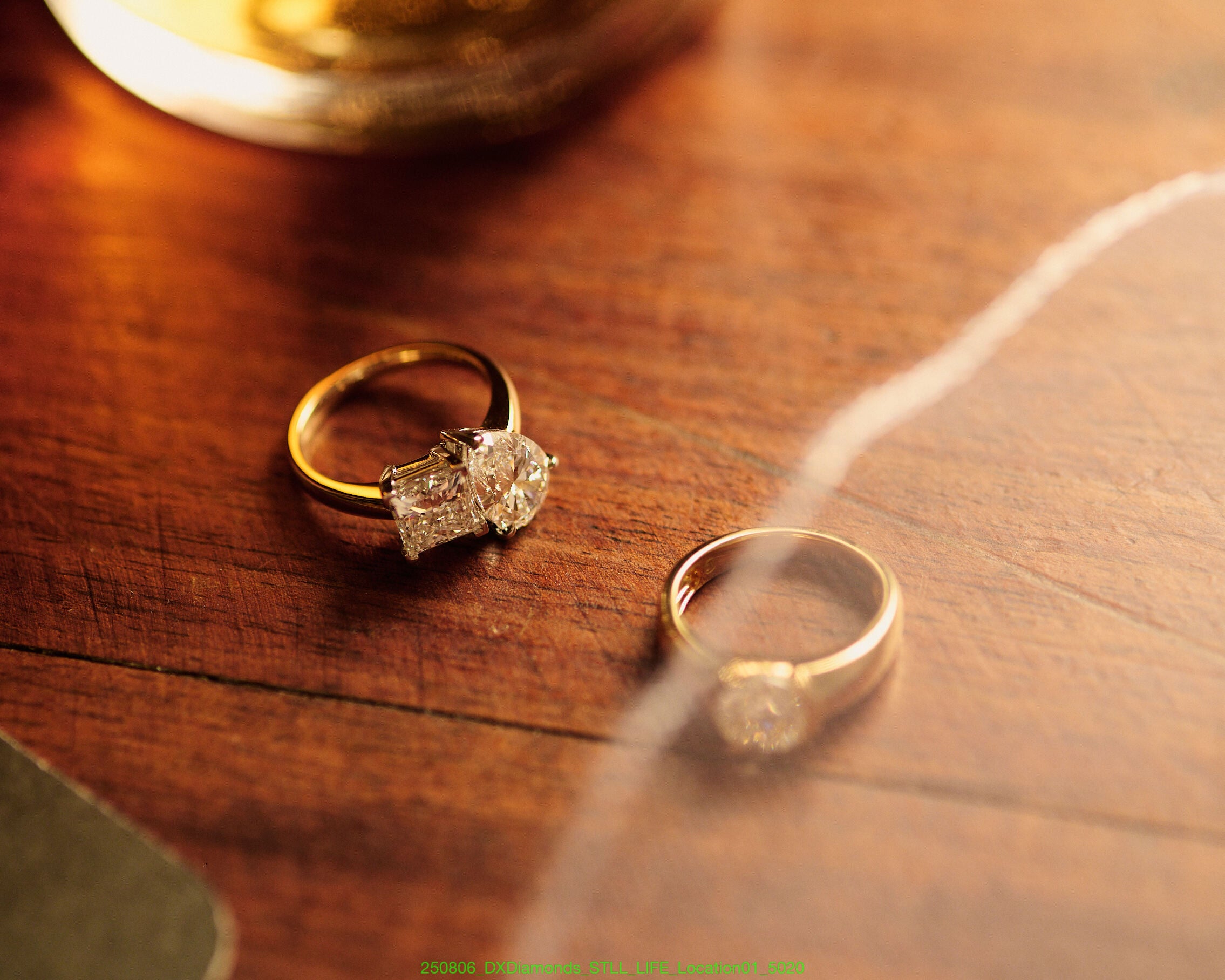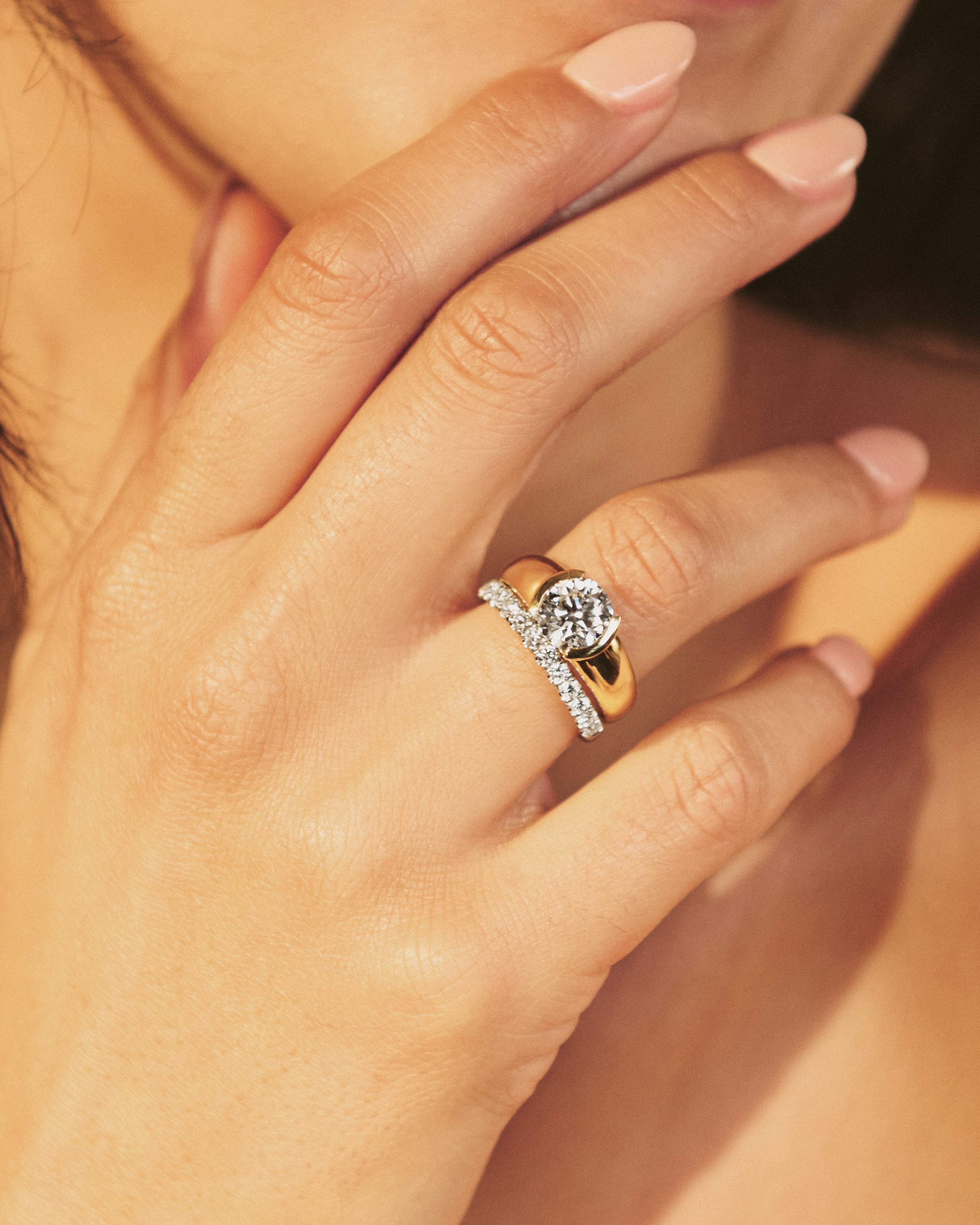The Perfect Shape
Selecting the perfect shape diamond is a crucial decision when it comes to choosing a diamond engagement ring or any other piece of fine jewellery.
Diamond shape is a key factor in defining the overall aesthetics of the gem, and it can reflect the personality and style of the wearer. Your choice should align with your personal taste, as well as your budget and the setting you have in mind.
Ultimately, finding the perfect shape diamond is about selecting a gem that captures your heart and beautifully symbolises your special moment.
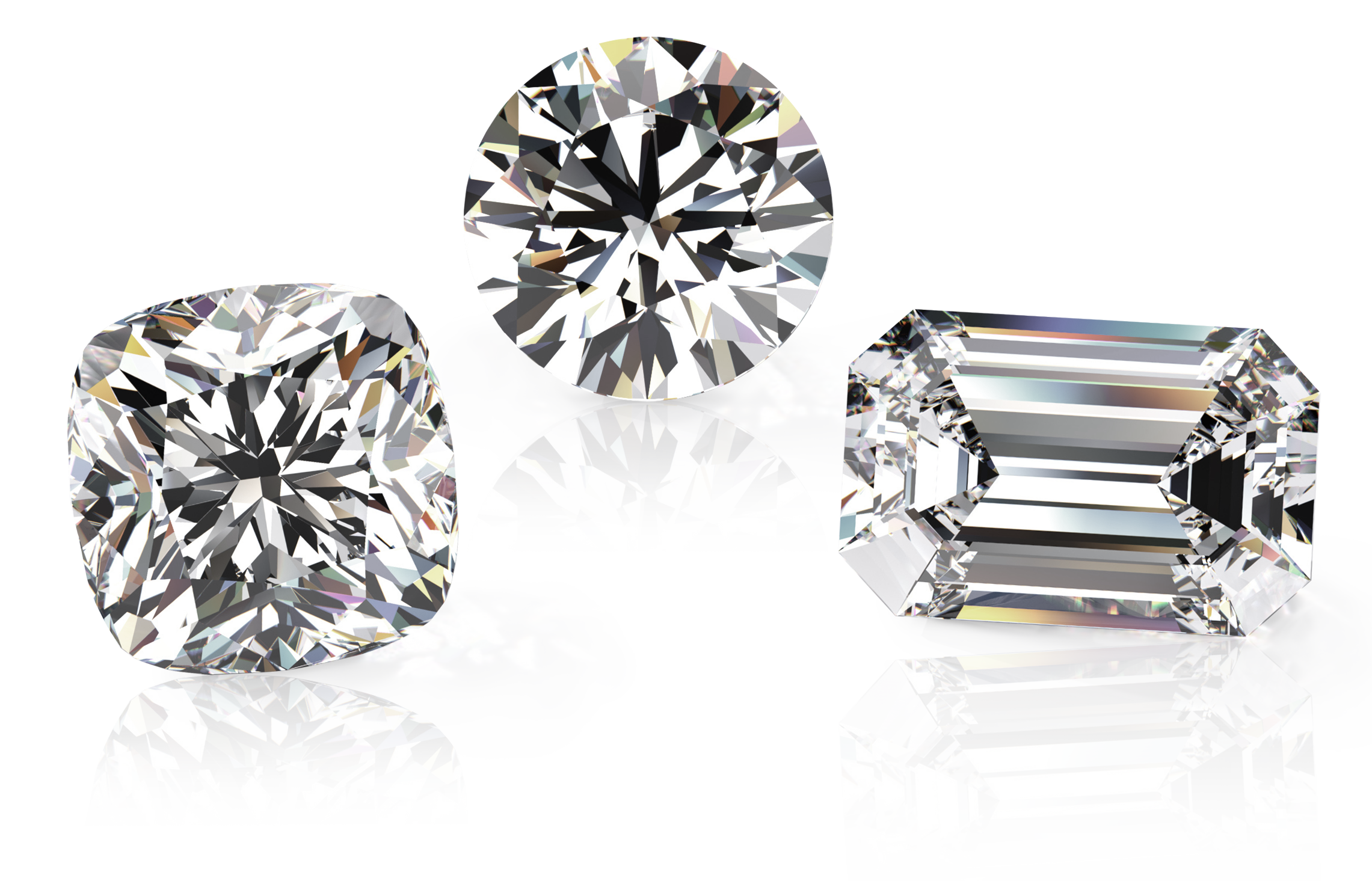
What Is Diamond Shape?
The shape of a diamond is its geometric outline. What’s the difference between a fancy shape and a round? Find out which shapes potentially favour your unique style best.
Round Brilliant
Choosing a shape is typically the best place to start when selecting a diamond.
If you are uncertain about which shape to choose, it can be handy to understand the reasons why round diamonds are the most popular, accounting for around 75% of all diamond sales. It’s because they are the supreme sparklers – with their brilliant, fiery radiance, round diamonds dazzle with an exhilarating white heat.
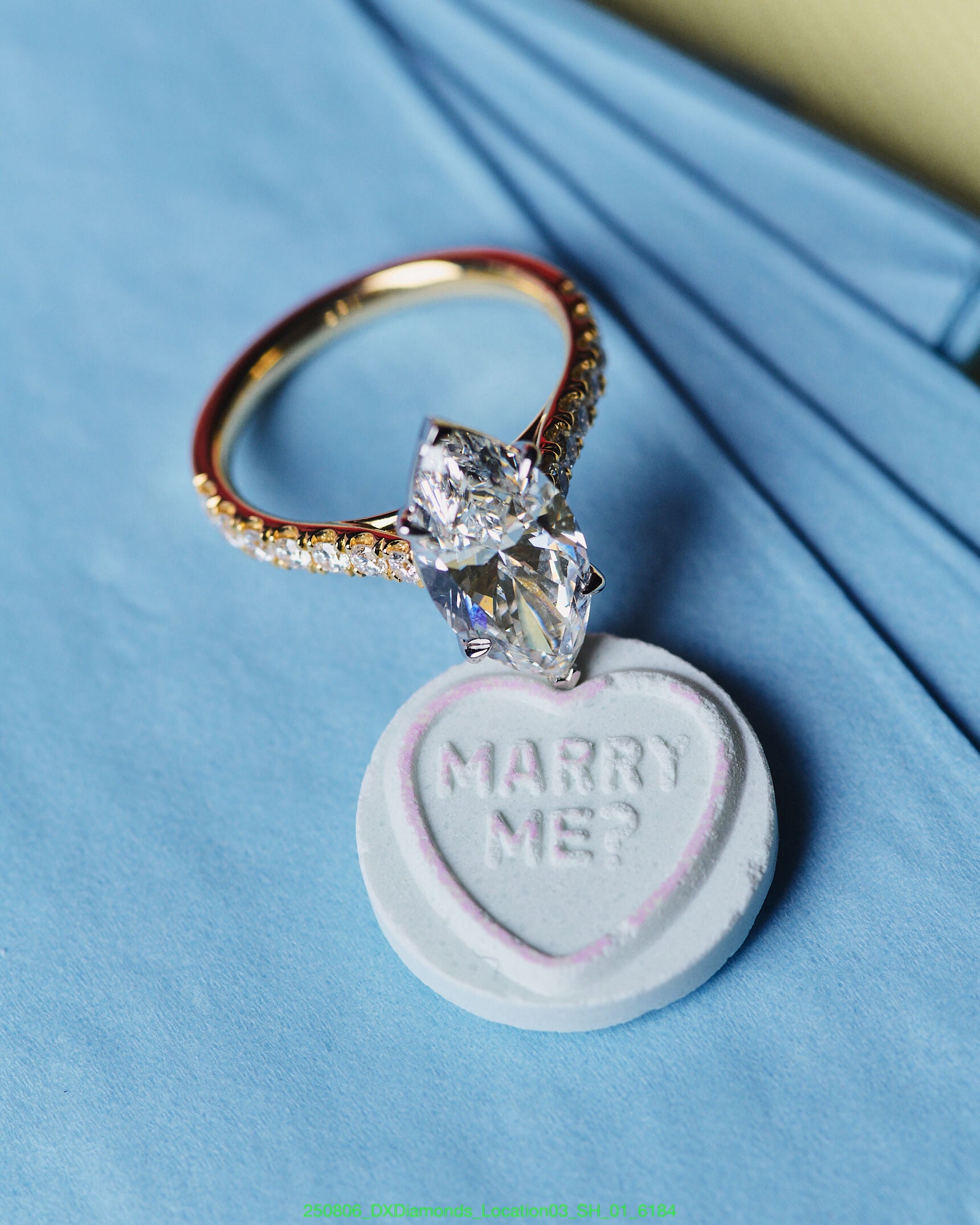
Fancy Shapes
All non-round diamonds are classified as ‘fancy shapes’, and in the current market, you could save as much as 40% if selecting a diamond shape other than a round. This is purely due to the law of supply and demand. DX offers 10 different round and fancy diamond shapes.
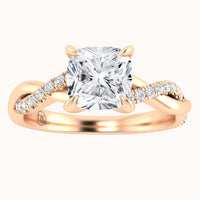
Cushion

Emerald & Asscher

Princess

Elongated Shapes
Discover by Shape
Flawless, cut to precision.

All About The 4 C's
The 4C's of diamonds are a set of criteria used to evaluate and grade the quality of a diamond. These criteria are essential for assessing a diamond's value and determining its overall quality. The combination of these factors determines the overall beauty and worth of a diamond. The 4C's stand for:
Cut
Colour
Clarity
Carat
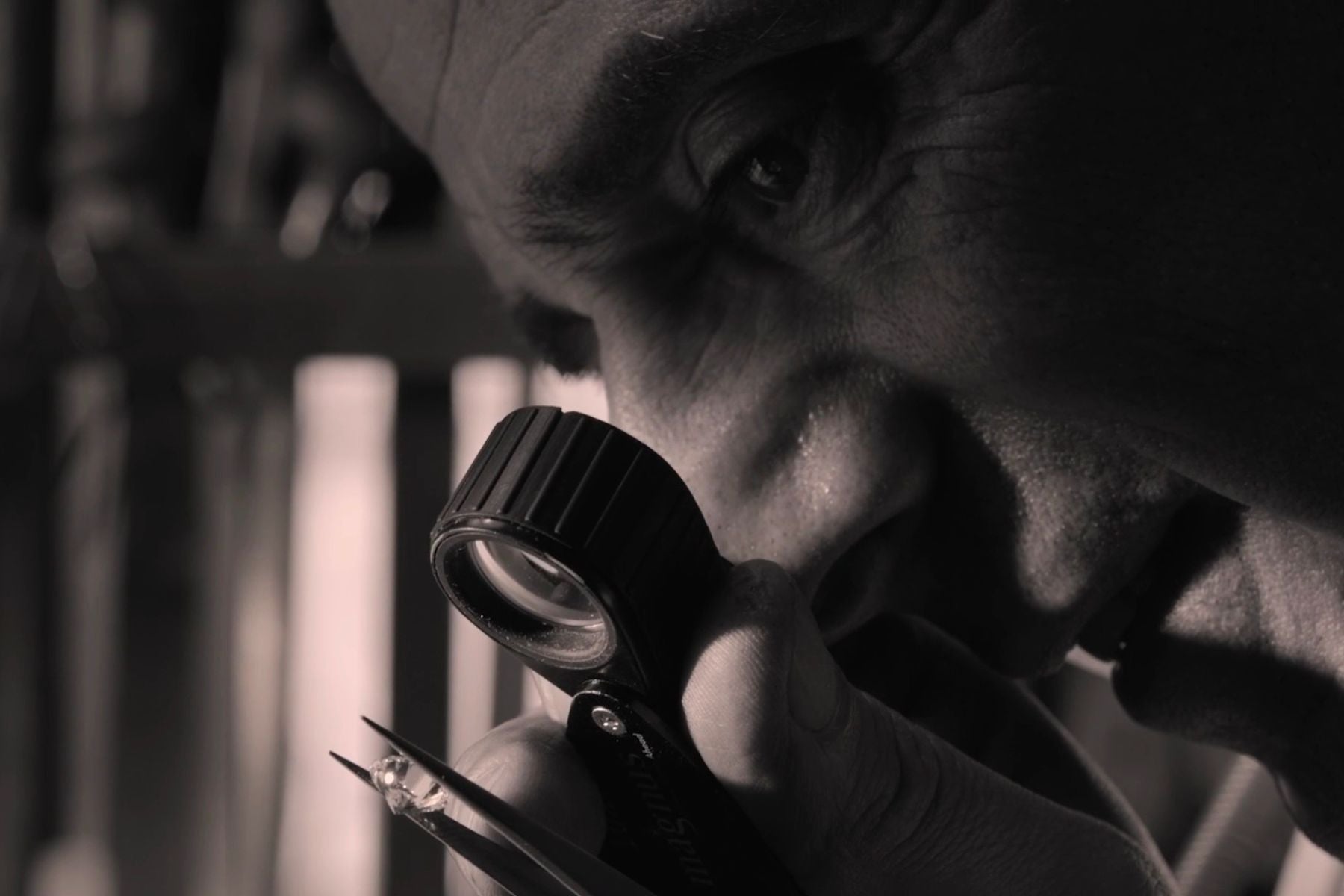
Only The Best
From over 250,000 diamonds, shop our DX Quality range of diamonds that meet only our highest expectations. With Natural or Lab Grown options to choose from, we've done the searching and the sorting and curated only the best, just for you.
Simply beautiful
Whether starting with the diamond first, or taking inspiration form the most perfect setting - we'll help you design and create the most perfect engagement ring.
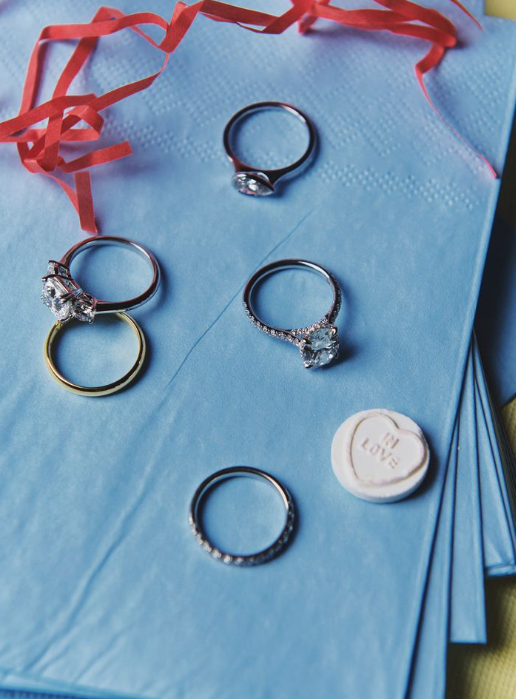
Custom Diamond Search
Looking for that perfect diamond for the perfect ring? Chat to our team of diamond and design experts to help you source the best diamond at the best possible price.

The DX Difference
We make buying a diamond easy, and affordable. Whether from the comfort of your home, or from our boutique showrooms. It is important that you choose a diamond that is both good value and absolutely love!
Offering over 250,000 Natural and Lab Grown diamonds to choose from, learn everything you need to know about finding the most perfect diamond.

